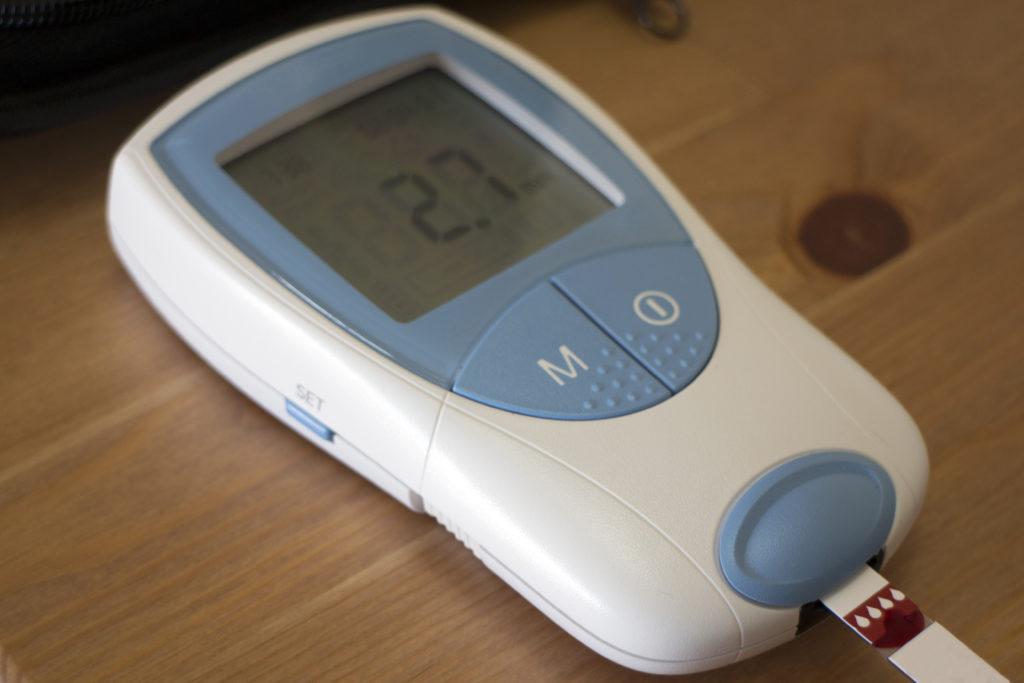Last updated on
INR Testing at Home: What You Need to Know
*Please note that NATF does not provide or sell home INR machines. If you’re interested in at-home INR testing, please contact your healthcare provider or health insurance carrier for more information.*
KEY TAKEAWAYS
- If you take warfarin, it’s very important to get frequent INR measurements.
- In-home testing is a great option for certain people who can’t get to a lab often.
- Ask your healthcare team if you’re interested in at-home testing to see if you might be a good candidate.
Please note that NATF does not provide or sell home INR machines. If you’re interested in in-home INR testing, please contact your healthcare team or insurance carrier for more information.
If you’re taking warfarin, you’ll need to get your INR—or international normalized ratio— levels tested regularly. This blood test measures prothrombin time, or how long it takes your body to make a blood clot. If your INR is too low, you could be at risk for a blood clot. If it’s too high, you could experience bleeding.
INR levels can be measured at a local anticoagulation clinic, lab, or doctor’s office. However, there’s another option for INR testing: in-home testing, also known as self-testing or point-of-care testing.
To learn more about in-home testing, we talked to Dr. Peter Collins, an Advanced Clinical Practice Pharmacist at Atrius Health in Massachusetts. “I think a lot of patients don’t think of home testing as an option because they don’t really know about it,” noted Dr. Collins.

WHAT ARE THE BENEFITS OF IN-HOME TESTING?
In-home testing allows people to measure their INR levels without the need for frequent visits to a lab. It only requires a finger stick, instead of a full blood sample, and research has found that at-home testing may lead to fewer blood clots.
People who self-test may check their levels more often than those who go to the lab, so they may be more likely to have their warfarin dose adjusted as needed to stay in the correct INR range. Dr. Collins also noted that increased time within the therapeutic range may also be influenced by the types of people who seek out in-home testing.
AM I A GOOD CANDIDATE FOR IN-HOME TESTING?
In-home testing is a good option for people who can’t make it to the lab often, who travel, who have difficulty leaving their homes, or who want to be more independent. Whatever your reason for switching to in-home testing, the key is that you remain committed to testing your levels.
“When a patient shows interest in in-home testing, we look at the indication for their anticoagulation. There are some blood disorders that interfere with how the machine measures the INR ratings,” he explained. “For those patients, we would want to avoid in-home testing.”
HOW DO I GET STARTED WITH INR IN-HOME TESTING?
If you’re interested in in-home testing, you should speak to the clinician who manages your warfarin. They’ll work with you to decide if you’re a good fit for in-home testing. If you are, they’ll submit a form to a medical service company with your information.
“Once you’re determined to be a good candidate for self-testing, your provider or pharmacy team will go through a company that handles training and INR test results,” explained Dr. Collins. “The testing machines themselves only have two buttons and are pretty easy to use. The most important thing is to make sure that you get enough blood on the test strip.”
After testing your blood, you’ll have to report the results to the company you’re working with. When your doctor receives your results, they can make dosage adjustments as needed.
WHAT ELSE SHOULD I KNOW ABOUT IN-HOME TESTING?
You’ll usually need to have your INR tested at a lab or clinic a few times before switching to home testing. Before you start testing on your own, your doctor will need to make sure that your warfarin dose is stable.
Insurers, including Medicare, may cover the cost of in-home testing, but some people may have a copay or some out-of-pocket expense. Most plans require people to be on warfarin and get lab tests for 3 months before switching to in-home testing.
In-home testing is not for everyone, and it does come with challenges. One major issue is that the in-home testing machines can be less accurate than testing at a clinic.
Dr. Collins has found that some machines can be up to 20-30% off in measuring INR levels. “It’s not as accurate as a hospital blood draw, but we have additional tools to ensure we’re getting the most accurate result,” he said.
People who self-test must also understand that they may have to return to the clinic for testing if their INR levels are found to be high.
THE BOTTOM LINE
As with all forms of treatment and testing, INR in-home testing has benefits and challenges. It’s not the appropriate testing method for every person. Talk to your healthcare team if you’re interested in pursuing in-home testing.
Learn more about INR levels here!
REFERENCES
Warfarin INR Test Meters – US Food & Drug Administration
Tips for Patients and Caregivers Using INR Test Meters at Home – US Food & Drug Administration (FDA)
Outcomes of Warfarin Home INR Monitoring vs Office-Based Monitoring:
A Retrospective Claims-Based Analysis – Journal of General Internal Medicine
Implementation of Home-Based International Normalized Ratio Testing in Adult Patients Treated with Warfarin: A Quality Improvement Project – Journal of the American Association of Nurse Practitioners
Extending INR Testing Intervals in Warfarin Patients at a Multi-Center Anticoagulation Clinic – Journal of Thrombosis and Thrombolysis



